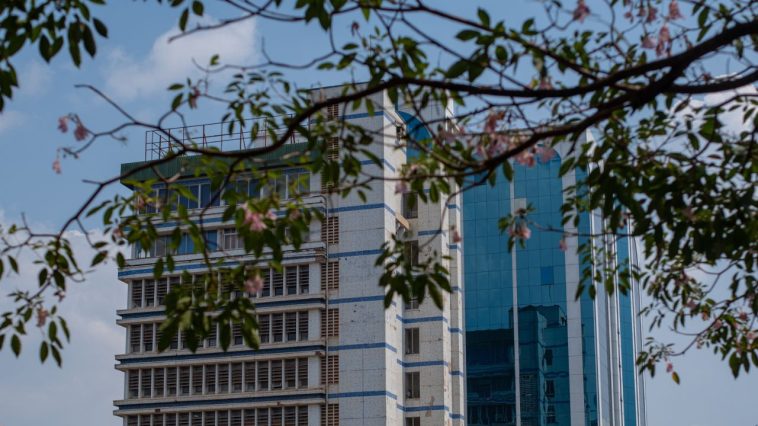Kampala is not a city that whispers; it hums, loud, unfiltered, and alive.
Every morning, it wakes to the chorus of engines, vendors, and footsteps, a city whose pulse beats through traffic jams, street markets, and endless improvisation. Here, survival is both a rhythm and an art. With nearly 1.8 million residents and a daytime population swelling to 2.5 million, Kampala is always in motion. From the heart of the taxi parks, where hundreds of matatus line up in patient chaos, to the outskirts where buses carry workers and dreamers toward opportunity, the city never stands still. Noise is the language, movement the prayer.
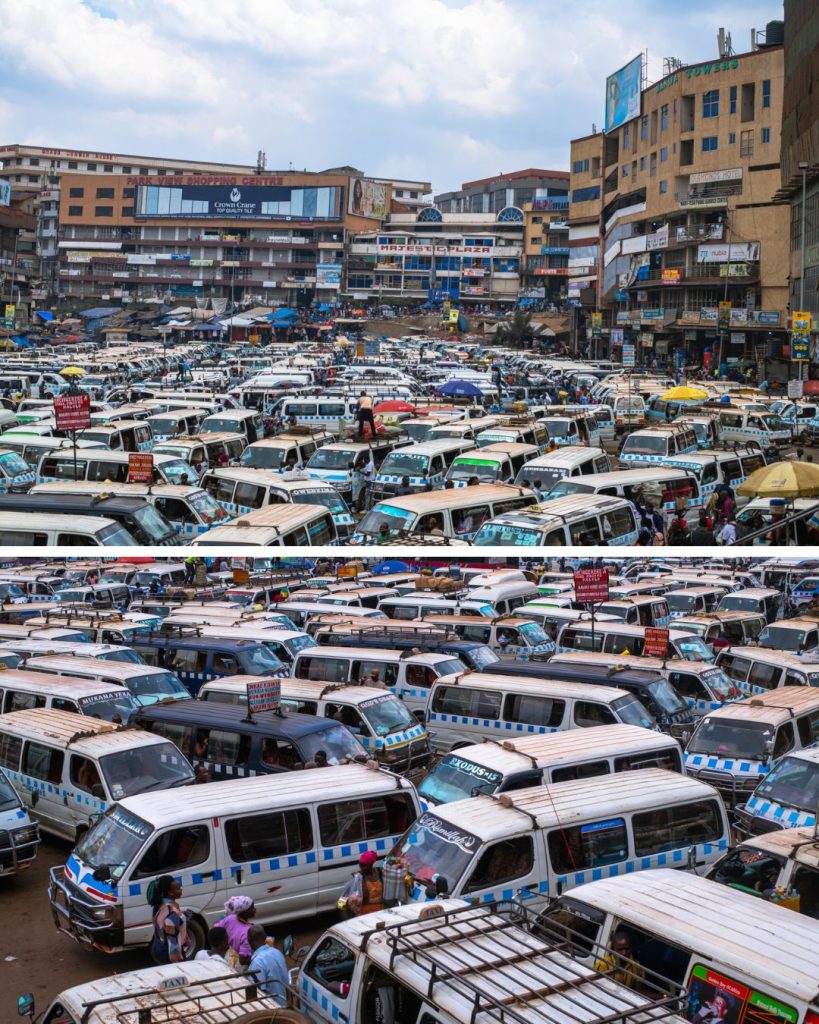
The sky above Kampala is rarely still either. Rain is as common as conversation; generous, unannounced, sometimes cruel. The city averages over 1,400 millimeters of rainfall a year, with April, September, and October and these seasons are now changing each bringing nearly 23 rainy days. When the clouds burst, Kampala transforms. The tarmac becomes a mirror, and the streets long veins of energy turn into temporary rivers. In some places rain doesn’t just fall; it floods. It rises to the knees, carrying litter, dust, and broken dreams in its current. Vendors lift their goods onto stools, tuck themselves under verandas, and pray the water spares what’s left of their hustle. The rain exposes everything including the gaps in drainage, the weight of the hustle, and the quiet dignity of those who must keep selling even as the city drowns.
Still, the hustle never pauses because of rain. Women and men selling second-hand clothes shout above the rain, their fabrics heavy with water yet bright with persistence. Men fix shoes beside puddles that reflect passing traffic lights. Boda-boda riders navigate flooded roads with reckless grace, ferrying passengers who would rather risk the water than lose the day’s wage. Every raindrop writes another line in Kampala’s unwritten story of endurance, creativity, and grit.
When the rain stops, Kampala exhales. The air at times smells of freshness and roasted maize. Steam rises from potholes, and laughter returns to the streets like light after thunder. Children play along the street jumping the puddles that reflect billboards of glass towers and running advertisements. Those tall symbols of ambition that glimmer over the markets and noise below. The contrast is striking: modern Kampala reflected in the waters of a city still building itself from the ground up.
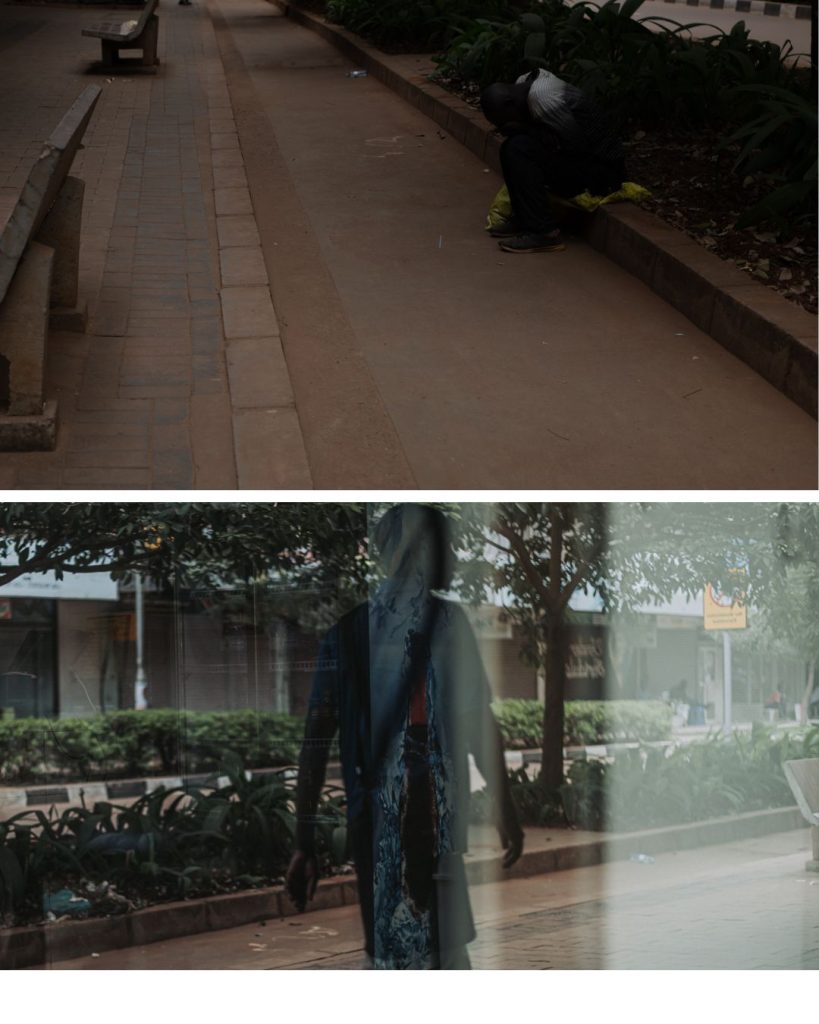
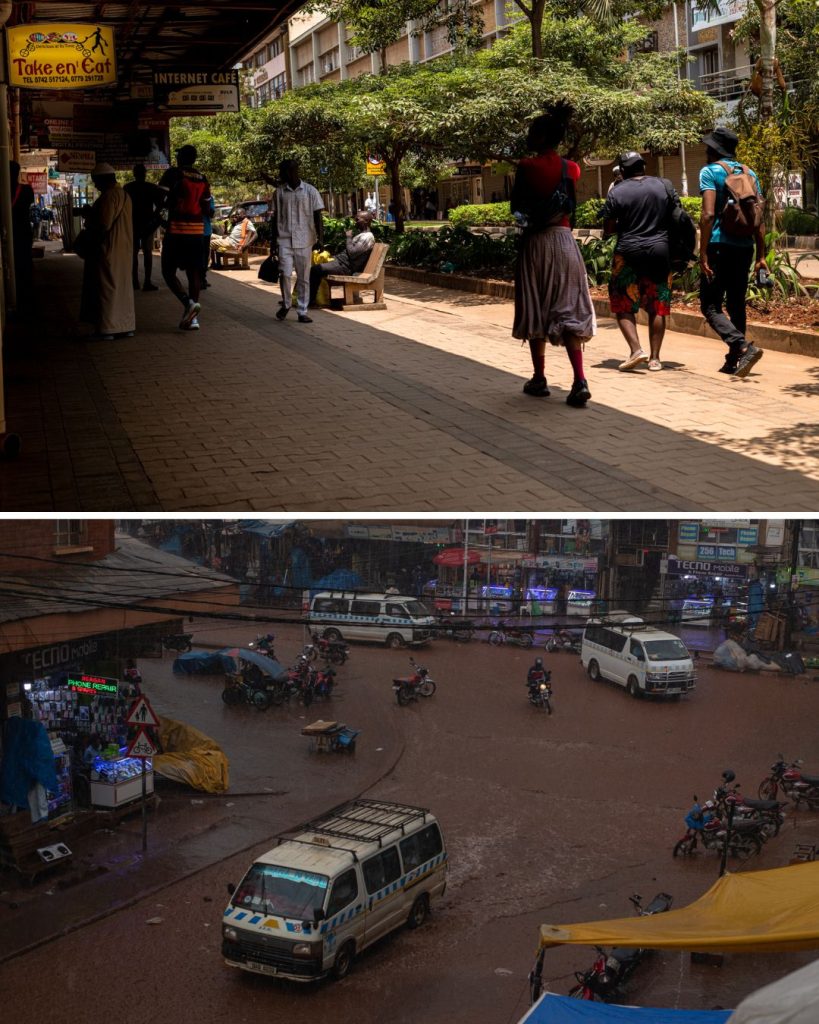
Beyond the glass and concrete, Kampala exhales into quieter corners, verandas shaded by brick walls, laughter echoing in shared stories. Here, time slows down just enough for humanity to show its face. Two women sit in the calm, their conversation stretching beyond words, beyond the weight of the city.
At dusk, the streets turn into mirrors of themselves , lit by makeshift bulbs, courage and hope. Vendors wrap up their goods, faces tired yet unbroken. The night shift begins. Kampala never truly sleeps; it simply changes its tune.
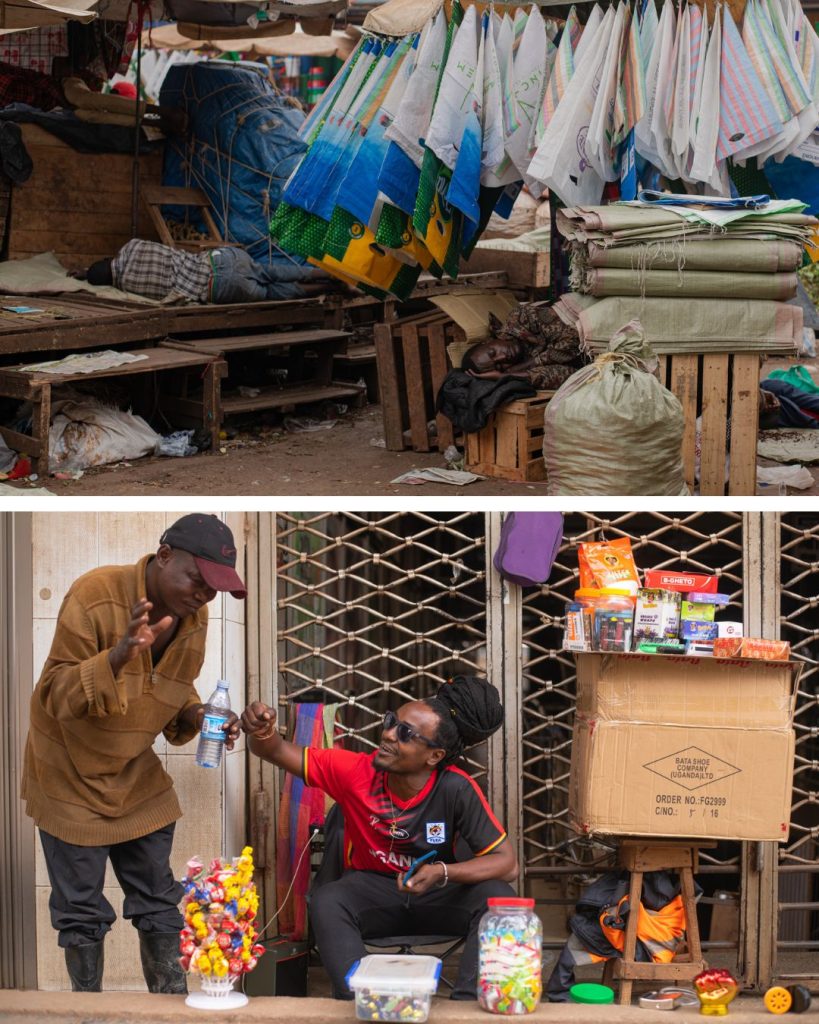
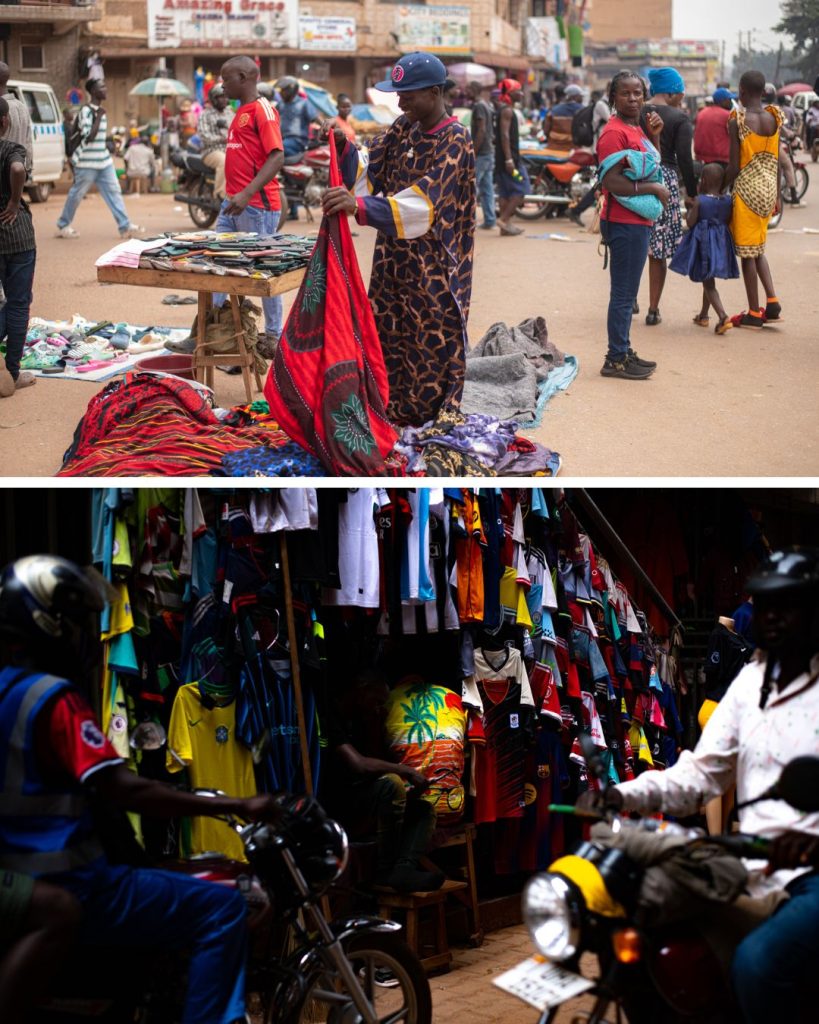
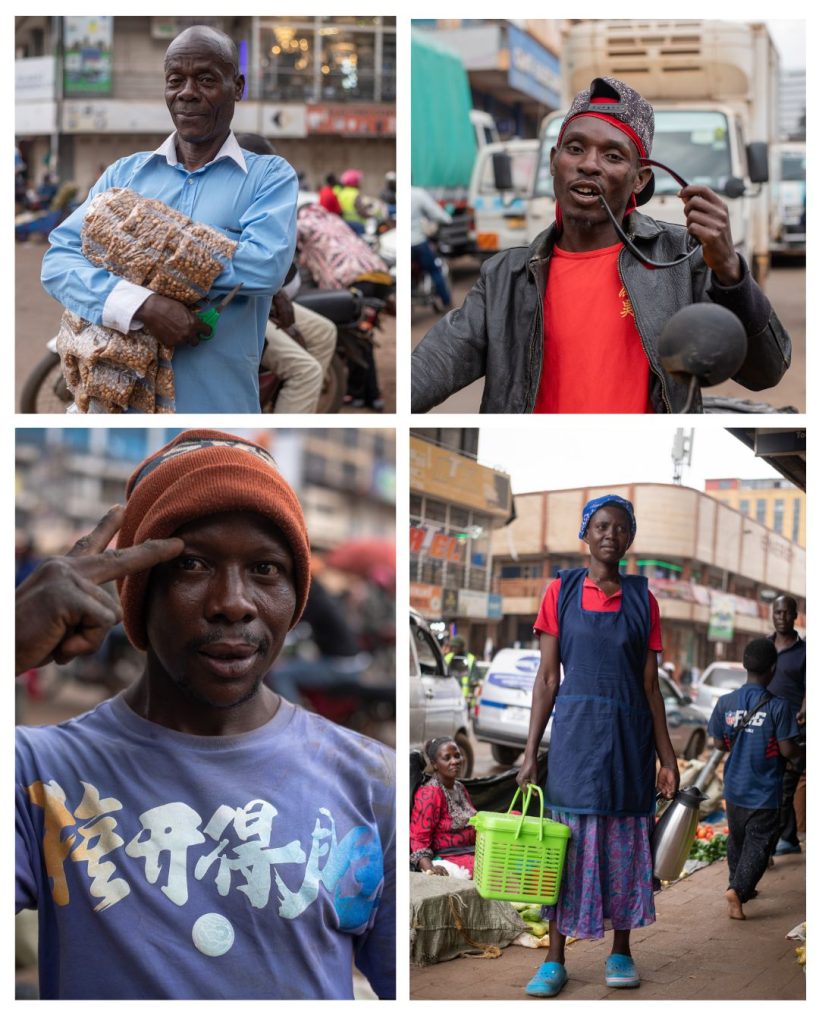
And in the morning, it begins again with buses lined in patience, towers standing tall, the air. full of spices from tea, the aroma from a fried egg for a rolex, sound from vendors calling out buyers and the bridges crossing over water Chanel that remembers every reflection. Here, history and hustle walk side by side.
Kampala is not just a city; it is a heartbeat where resilience sells itself in daylight, architecture argues with poverty, joy hides between a complement from a random stranger and a sip of water on a hot and ambition rises with the sun.
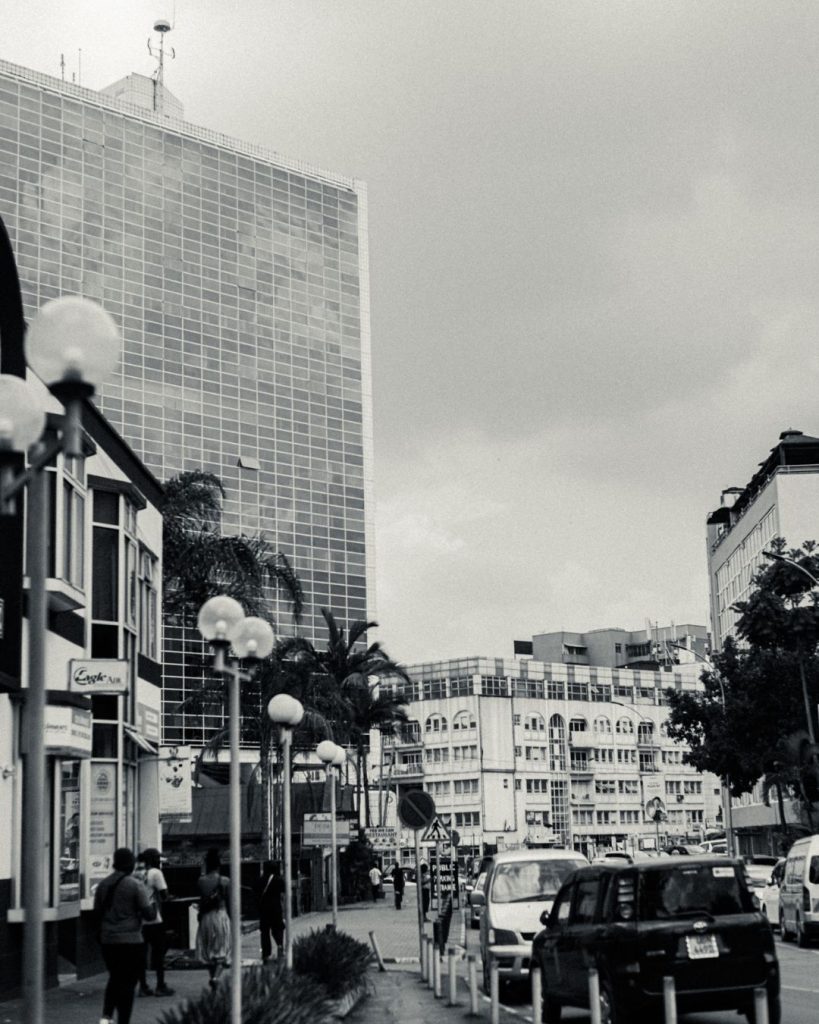
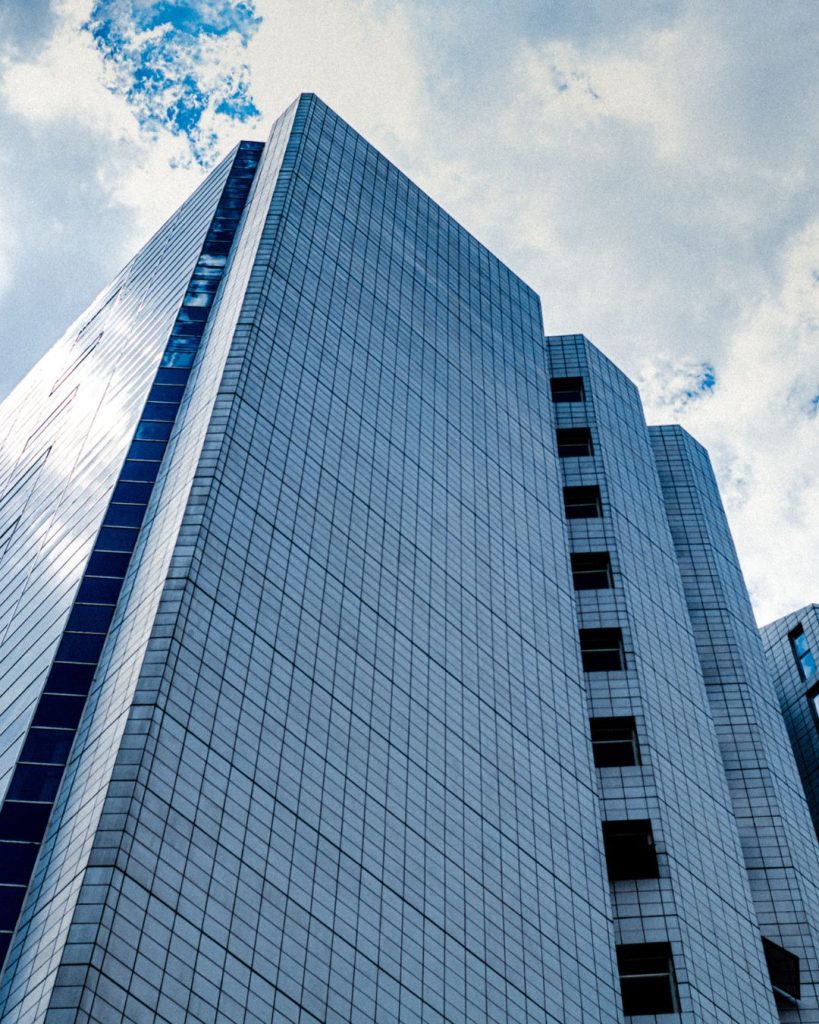
This post was created with our nice and easy submission form. Create your post!


